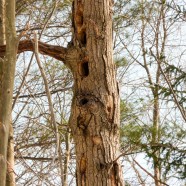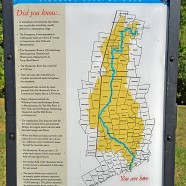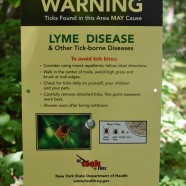Pileated Woodpecker Signs
Here is another telltale bird sign that you can find rather easily in the winter. Any guesses as to what species made these massive marks on this tree? The Pileated Woodpecker is a large, crow-size bird and as such it creates astonishingly huge holes with its big bill. Even though they are conspicuous birds when seen they can be tough to find in the first place because they have such large territories. If you cannot see them flashing by through mature woodlands try listening for their laughing call or finding these reminders of their presence.
Read MoreHoliday Open House – RTPI Shop
Take a peek at how incredible our upgraded and updated gift shop is looking! Can you spot some holiday presents you’d like to purchase? Preparations were underway yesterday for the Roger Tory Peterson Institute of Natural History’s Holiday Open House this Saturday, December 6, from 10AM – 4PM featuring: Special Guest in the Gallery: Meet photographer Steve Cagan as you view his black and white photographs of birds in the style of portraits. Steve will be on hand to talk to guests about his photography and to hand sign his beautiful photography prints that will be for sale....
Read MoreSigns here, there and everywhere
It’s always a pleasure to see some natural history on display in very public areas where you may not expect it. This Connecticut sign discusses the ever-important Housatonic River Watershed today all the way to its history dating back 21,000 years. Good job by Sikorsky, the Connecticut Department of Transportation, the Merritt Parkway Conservancy and the Housatonic Valley Association. You’re going to find many more and very visible signs by RTPI in the Chautauqua-Allegheny region soon that act as a unique, engaging gateway to education…stay tuned.
Read MoreTick and disease warning sign
This was a very informative sign that certainly looks rather new that I saw recently here in Western New York. Please have a wonderful weekend outdoors and enjoy the gorgeous weather but always keep your family’s safety in mind – including those furry children, too. Without proper habitat management practices and the continuation of the degradation of our ecosystems signs like these will need to be all the more common as we create more edges, lose predators and spread invasive plants, permitting or even favoring environmental conditions that harbor ticks and foster their...
Read More







